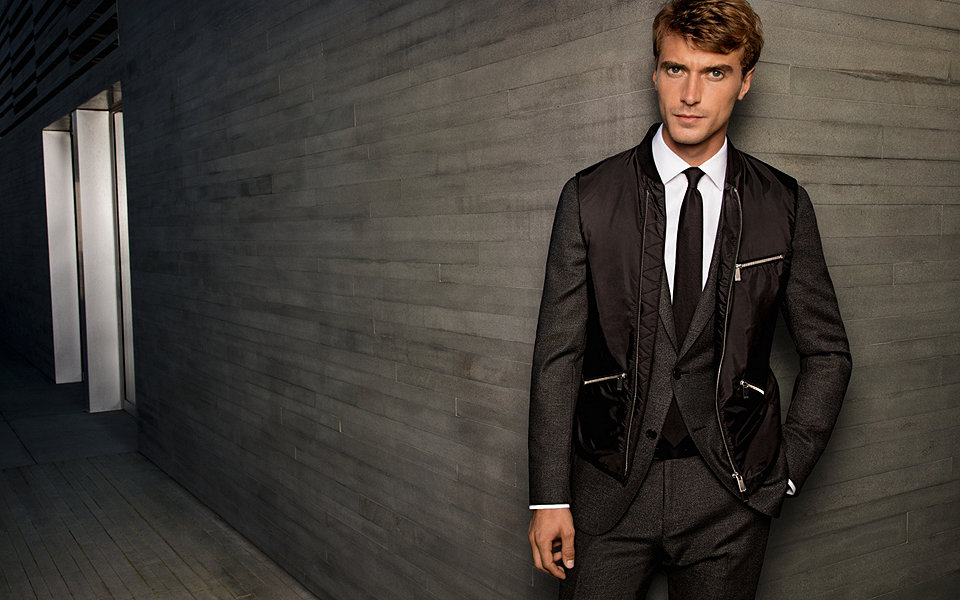HUGO BOSS REPOSITIONS ITSELF IN HOPES OF RETURNING TO PROFITABILITY


The key element of the new strategy is focusing the portfolio on the two brands, BOSS and HUGO. Their positioning will build on the strength of Hugo Boss in the upper premium segment.
BOSS will offer upper premium businesswear as well as sophisticated casualwear. BOSS Orange and BOSS Green will no longer be continued as independent brands, but instead both lines will be integrated into the BOSS core brand in order to offer the BOSS customer a consistent brand experience across all wearing occasions. The company expects to significantly strengthen its market presence in the growth segment of casualwear. HUGO will be positioned to appeal to a broader base of younger customers with fashionable collections offered at attractive prices. HUGO’s entry-level price range will be around 30 percent lower than that of the BOSS core brand. The realignment of the brand portfolio is set to be completed with the delivery of the spring 2018 collection.
BOSS womenswear, will continue on but will be taking a back seat in this new plan, as the company plans to focus more closely on its menswear collections. Artistic director Jason Wu will continue to design the women’s collection.
“By further developing our strategy we want to steer Hugo Boss back toward sustainable growth. We are sharpening our presentation and focusing on our customers’ needs more consistently,” said Mark Langer, CEO of Hugo Boss AG. “In BOSS and HUGO we have two strong brands with their own identity, which appeal to different target groups. With BOSS we want to be the most desirable brand in the upper premium segment. Positioning HUGO in future as a progressive brand with an attractive value proposition will open up extra growth possibilities for us.”
Additionally, Hugo Boss will retain its three-part distribution structure – retail, wholesale and online – but these channels will be linked together much more closely. The assortment offered in the highly in-demand entry-level price range are being upgraded in terms of quality and expanded across all channels. The casualwear range in Hugo Boss’ own stores will be increased to meet the rise in customer demand. The further development of omni-channel services will also play its part toward increasing sales productivity in the company’s own retail business over the next few years by around 20 percent.
The expansion of the network of stores, on the other hand, will be slowed down considerably. Both brands will be sold via the wholesale channel. The significance of the online sales channel will grow for BOSS but particularly so for HUGO.
Hugo Boss has already introduced an array of measures in response to the difficult market environment over the course of the year. These include cost savings of around 65 million euros in the current year, closing loss-making stores and adapting the sales structure in the U.S. market, as well as significant price reductions in China.
2017 is currently expected to be a year of stabilization, during which the company will continue to further consolidate the wholesale distribution in the U.S. market in particular. At the same time, Hugo Boss will drive forward the implementation of this new strategy announced today. The majority of strategic changes will become effective in 2018.


